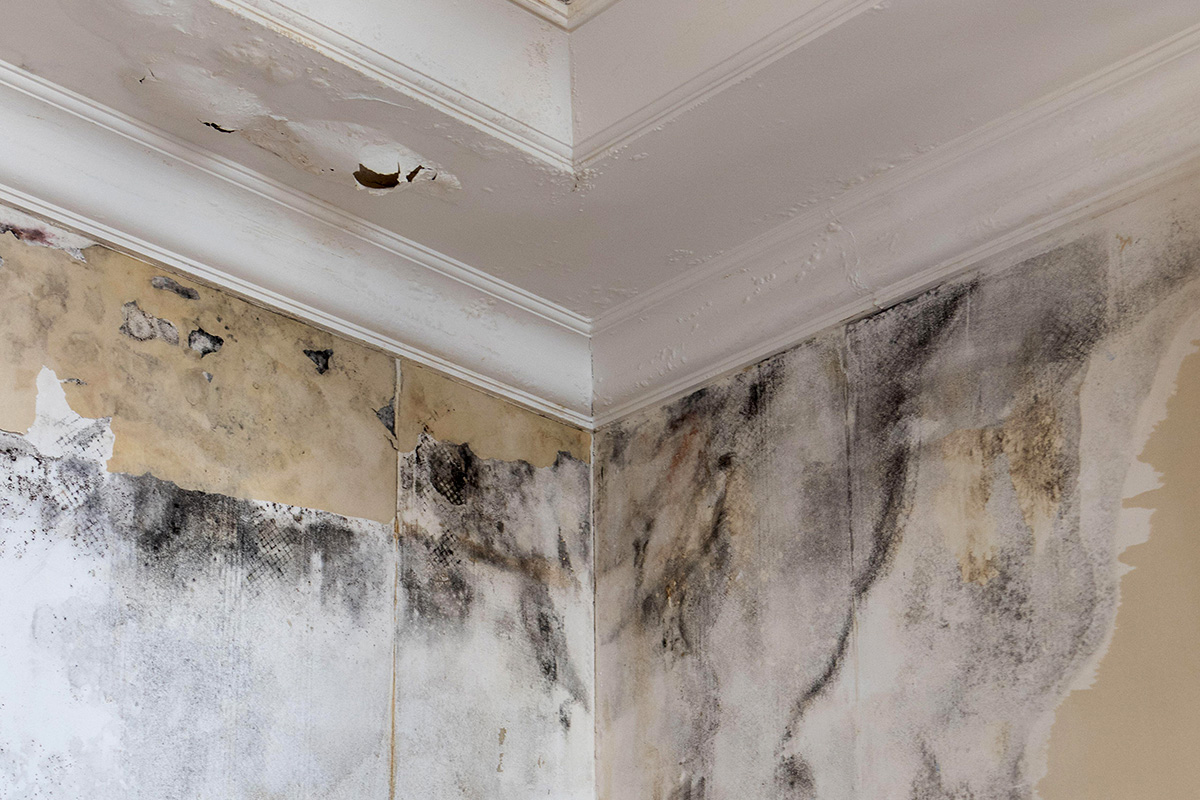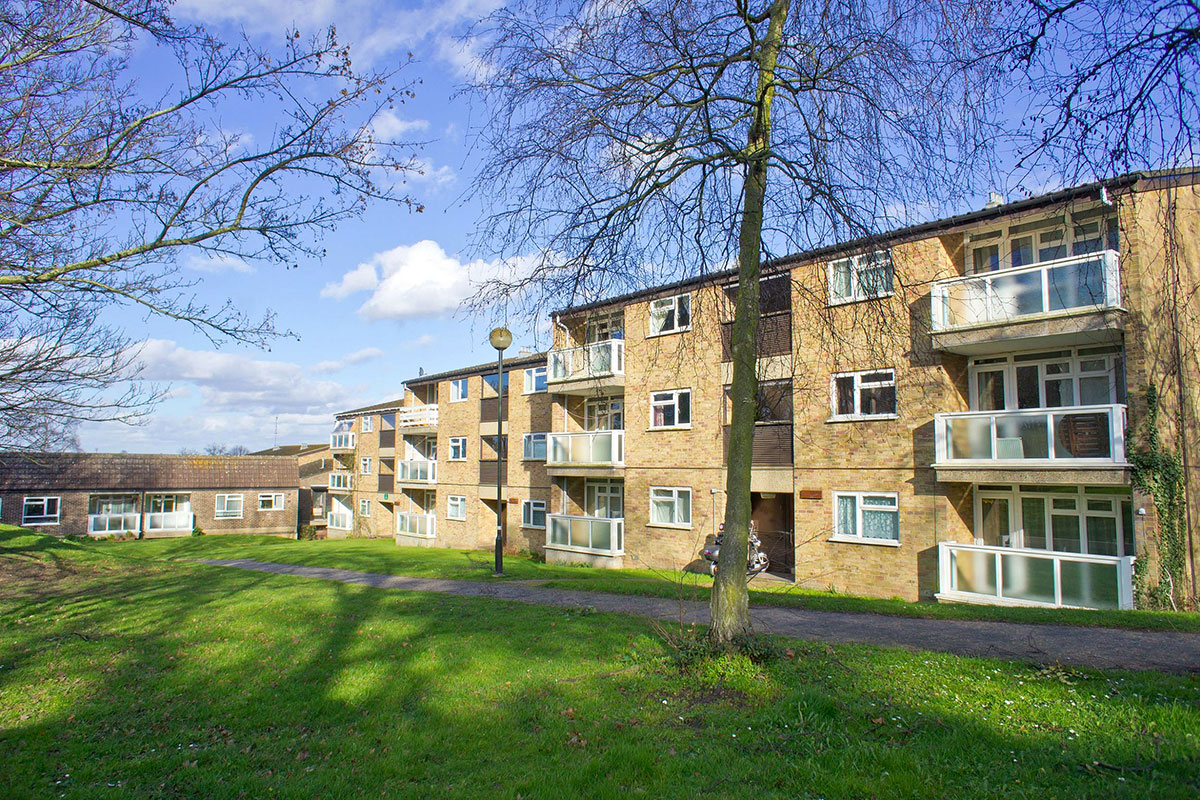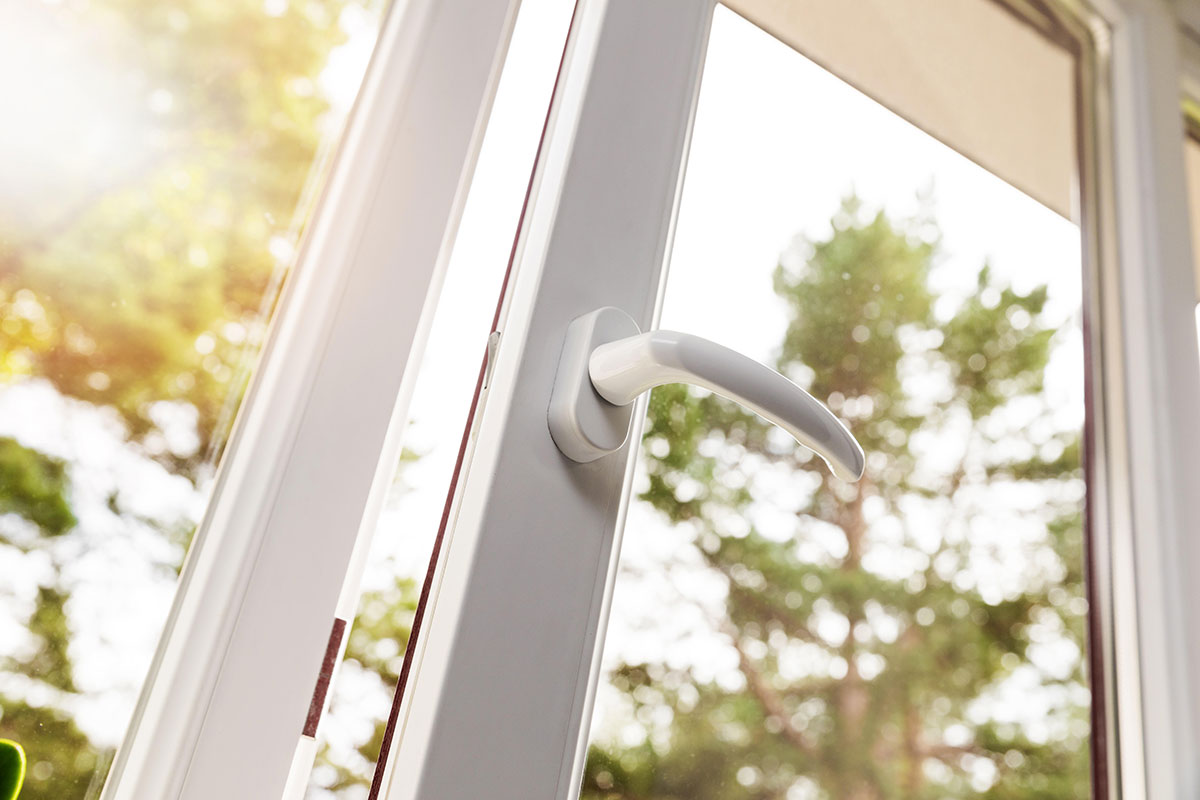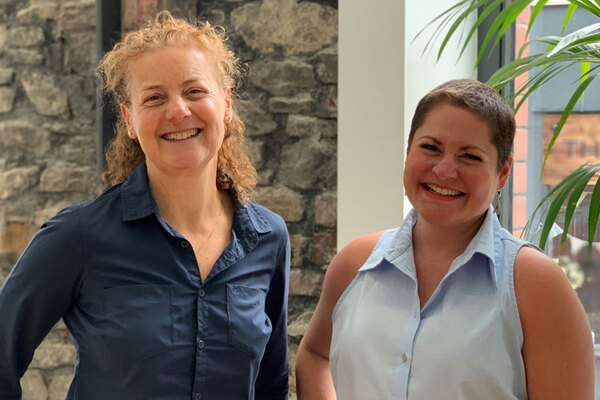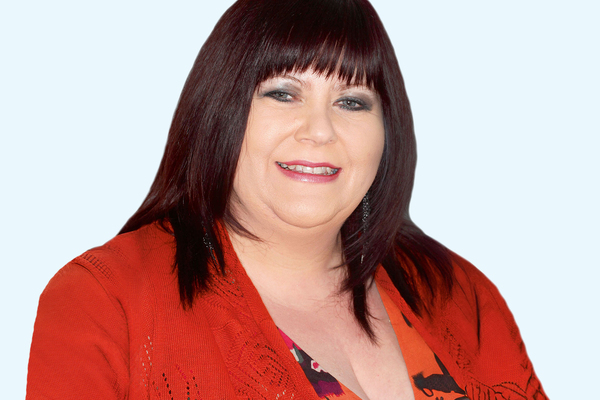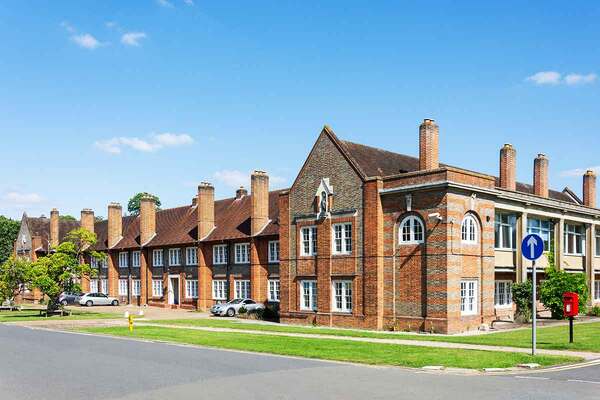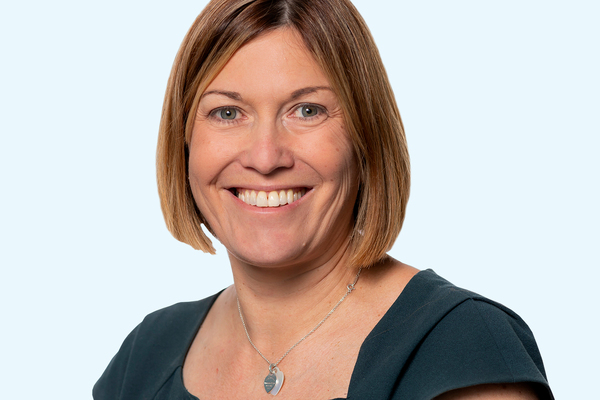You are viewing 1 of your 1 free articles
Housing Ombudsman: how social landlords should handle damp and mould complaints
The Housing Ombudsman’s recent Spotlight report into damp and mould found inadequate complaint handling by social landlords. Jack Simpson speaks to Richard Blakeway to understand how they can improve
“There is sometimes a bit of inevitability from social landlords that damp and mould will happen,” says Richard Blakeway, head of the Housing Ombudsman.
“That shouldn’t be the case, we want the sector to shift that mindset so landlords have a strategic response [to the issues] and there shouldn’t be that inevitability.”
Inside Housing speaks to Mr Blakeway a month after the Housing Ombudsman, which was set up to look at resident complaints against social landlords, released its Spotlight report investigating damp and mould issues across social housing and landlords’ responses.
The report, which analysed 410 ombudsman inspections, caused ripples in the sector after it revealed a league table of the worst-performing landlords.
While naming and shaming is a key part of the ombudsman’s new approach to driving up standards, sharing best practice is equally as critical. As a result, since Mr Blakeway was appointed chief executive, the organisation has published similar reports on topics which result in resident complaints. These have so far focused on complaint handling on various issues such as cladding, repairs, and heating and hot water.
The damp and mould report, published in October, is arguably one of the most impactful so far. Titled It’s Not Lifestyle, it points to a common belief that damp and mould are the result of how tenants live and the condition they keep their homes in. This is something Mr Blakeway wants to dispel as a myth and has said that he hopes it is “banished from the vernacular of landlords when discussing damp and mould”.
The report has 26 recommendations, which are based on investigations across 142 landlords and more than 500 submissions through the call for evidence process.
The heart of the ombudsman’s message is for landlords to take a zero-tolerance approach to damp and mould. What Mr Blakeway and his colleagues have come across is a culture where landlords expect damp and mould issues to happen and respond, often inadequately, when they come up. He wants this to change, and feels landlords can be a lot more proactive in their approach.
This includes regular inspections and using data from complaints to get ahead of any issues. “Landlords need to be thinking, ‘If we have got this issue here, what does that say about other buildings within our portfolio?’” he says.
“The occurrence of damp and mould will have been increased by retrofit measures, so as landlords carry out more of these works and develop their plans, they need to think of what the unintended consequences might be on things like this”
But is this not tricky with the competing pressures of building safety and zero-carbon requirements?
Mr Blakeway admits that the operational environment is complex for landlords at the moment due to the many issues to fix. Nevertheless, he believes it provides an opportunity. With landlords checking their stock in a more concerted way than ever before, for cladding and sustainability reasons, this could provide them with better knowledge of stock condition.
He also feels that damp and mould need to be considered when planning and carrying out changes.
“The occurrence of damp and mould will have been increased by retrofit measures, so as landlords carry out more of these works and develop their plans, they need to think of what the unintended consequences might be on things like this,” explains Mr Blakeway.
While putting in more strategic work upfront is needed throughout the sector, damp issues will still happen. When they have occurred, landlords have sometimes struggled to engage effectively and rectify.
As case studies from ITV News and Inside Housing in recent months have shown, there were widespread issues with the complaints process and these were often linked to damp and mould. One of the cases included Junior Jimoh, an L&Q tenant with severe breathing difficulties who had been forced to live in a flat with mould and damp all over the walls for years.
Mr Blakeway says communication and engagement with tenants is critical, with landlords needing to clearly communicate the timescales for remedies. How to do this effectively should be covered by a comprehensive framework at each landlord and include following up afterwards to ensure the actions have worked. It should also be flexible to deal with different scenarios.
He states that landlords can be quite limited in the way they respond to these issues. “This isn’t always the case, but I do think landlords can be a bit formulaic in their responses and will not necessarily consider the impact in individual circumstances,” he explains.
“You need to take into account the individual impact, like where someone had to move out of a property, for example, [and] that needs to be reflected in the response”
He uses the example of one case where a resident had effectively lost a whole bedroom as a result of long-term damp and mould issues. In the ombudsman’s assessment, the landlord used a standard way of calculating how the tenant should be compensated, using a formula that calculated just the lost space.
While Mr Blakeway says he understands why this formula was used, he believes it did not take into account the complexity of the situation. “You need to take into account the individual impact, like where someone had to move out of a property, for example, [and] that needs to be reflected in the response,” he says.
Is there a common theme in characteristics of the landlords that have damp and mould issues?
In the table of worst performers, those based in London were high up on the list measured by maladministration rate per 10,000 homes, particularly councils. Hammersmith & Fulham, Southwark, Lambeth and Camden were among the worst. Associations Clarion, Sanctuary and L&Q also made the list.
Maladministration on damp and mould complaints
| Landlord | All damp and mould findings | Maladministration findings | Maladministration percentage | Number of homes | Maladministration rate per 10,000 homes |
| Hammersmith & Fulham Council | 23 | 15 | 65% | 12,022 | 12.5 |
| Haringey Council | 10 | 6 | 60% | 15,106 | 4.0 |
| A2Dominion | 12 | 11 | 92% | 33,106 | 3.3 |
| Camden Council | 12 | 9 | 75% | 32,351 | 2.8 |
| Lambeth Council | 11 | 6 | 55% | 24,051 | 2.5 |
| Southwark Council | 13 | 10 | 77% | 53,800 | 1.9 |
| Leeds City Council | 16 | 9 | 56% | 56,654 | 1.6 |
| Birmingham City Council | 14 | 9 | 64% | 65,600 | 1.4 |
| Clarion | 21 | 14 | 67% | 109,545 | 1.3 |
| Islington Council | 11 | 4 | 36% | 34,594 | 1.2 |
| Sanctuary | 16 | 8 | 50% | 75,831 | 1.1 |
| L&Q | 14 | 8 | 57% | 79,811 | 1.0 |
| Notting Hill Genesis | 10 | 4 | 40% | 50,466 | 0.8 |
The report reveals that 57% of all damp and mould maladministration cases came from London, despite the capital only accounting for 19% of social housing. Mr Blakeway states that while there was a higher proportion of cases in urban environments, he was surprised at the diversity of the landlords that had issues.
“Actually, there are issues across a range of landlords from different sizes in different locations,” he adds. “One of the things I was struck by was that we broke down maladministration rate between those below and above 10,000 homes and both of these were at similar levels.”
There is also the question of the life cycle of homes, with the complaints of residents sometimes being treated differently due to the age of their properties.
Some high-profile cases have emerged where residents felt they were being treated differently because their homes had been earmarked for regeneration. This was the case at Clarion’s Eastfields Estate which was featured on ITV and had damp and mould issues.
In its apology about the conditions, Clarion noted that the block had been earmarked for regeneration and said that when faced with redevelopment, there was always a “balance to be had in terms of how much short-term and long-term investment you make”.
Mr Blakeway says this had not been found as a systemic issue in its work, but instances were found. “We mention it in the report that all residents’ homes need to be suitable, meeting the right standards until those [regeneration] plans are in progress,” he adds.
The Housing Ombudsman’s increasing workload
- 3,455 orders were issued in 2020-21, up from 2,617 in 2019-20
- £449,213 in compensation for residents was secured, up from £412,214 in 2019-20
- Headcount increased by 52% in 2020-21, including three new directors
- Income increased by 72% to £10.4m in 2020-21. This was bolstered by an increase in subscription fees for landlords, with the rates moving from £1.25 per home to £2.16
Whether living in substandard housing coming towards the end of its life, or brand new, it appears that more people are approaching the ombudsman for help.
As a result of the Grenfell Tower fire and the subsequent housing green and white papers, it was realised that while the ombudsman existed, there was not enough awareness of its existence or powers.
This resulted in the ombudsman being beefed up. This involved its headcount increasing by 52%, which was supported by a 72% increase in income due to higher fees from landlords. This is already paying dividends, with the organisation having a much bigger presence in the sector. As a result, it has seen a 32% increase in the number of orders made against landlords following complaints when compared with 2020-21.
With regards to damp and mould, Mr Blakeway says that during the period the Spotlight report was written, tenant complaints on this issue increased by 50%.
But, as Mr Blakeway says, resolving disputes is just part of the ombudsman’s job, so carrying out research and sharing practice will be a key focus this year.
In numbers
410
Inspections the Housing Ombudsman analysed for its Spotlight report
26
Number of recommendations for landlords to deal with damp and mould complaints
32%
Increase in the number of orders made against landlords
50%
Increase in the number of damp and mould complaints made by tenants
Many projects are already on the ombudsman’s radar. This includes a closer look at situations where housing associations are not the freeholders of new build homes and their relationships with managing agents. It will also review noise in a Spotlight report and investigate how race impacts tenants’ access to the complaints process.
The latter is partly inspired by ITV’s work. As part of the broadcaster’s investigation, one feature focused on racism and included case studies where people felt that they had been treated differently because of their race.
“It was appalling for those involved and it is an area that we want to look at,” Mr Blakeway explains. “It’s going to take some time, but we have initiated work to look at the accessibility of the complaints process, and are there groups who are finding particular issues when trying to access the complaints process?”
The research is also inspired by work carried out in the Netherlands by the Dutch ombudsman which looked at groups that were less willing to talk about issues.
Mr Blakeway has his own hypothesis about some of the reasons, such as language barriers, health issues and the digitilasation of the complaints process. “We need to start thinking about how we can make the complaints process more accessible and will be considering that as part of our Complaint Handling Code,” he says.
With these plans ahead, it seems like 2022 will be another busy year for the ever growing and ever more influential Housing Ombudsman.
Sign up for our daily newsletter
Already have an account? Click here to manage your newsletters
